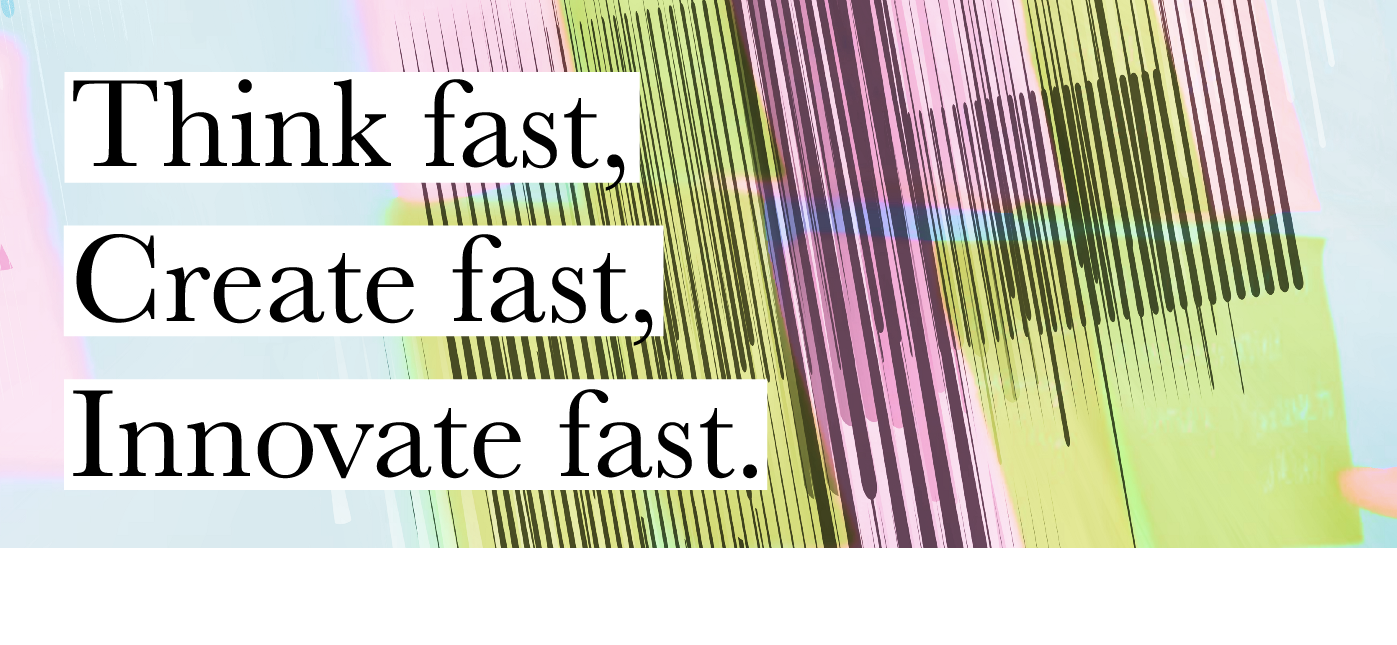We all understand the value of brainstorming and what it offers. However, it comes with a few prerequisites:
- It takes energy.
- It takes creativity.
- It takes a complete lack of judgment.
- It takes abandon.
Games or other physical objects (gamestorming) can help here, especially for those who have a hard time with the “abandon” part of the process. Being self-conscious doesn’t work. Formalizing the process a little further adds to the comfort level of testing the uncomfortable waters. And it also offers the structure some need to focus energy outward (Post-it notes) rather than inward (please don’t say you hate my idea).
My team was able to use this exercise in a condensed version we called “The 50/50 Experiment,” in which we generated 50 ideas in 50 minutes for our client-partner Arccos. We wanted to connect early adopters with people in different stages of their golf journey. The company uses sensors, paired to a mobile app, to disrupt the centuries-old game. They had a solid product but needed an entire branding campaign — including a name and go-to-market strategy — to kick it off. Our ideas helped them come up with the brand name and identity.
OK, here goes: as with many creative exercises, in terms of participants, the more, the merrier. Even if you have some in the mix some that don’t consider themselves “creative,” they will bump up the energy in the room. Add some fun snacks if you want to invigorate your crew even more.
You’ll want to select one participant ahead of time to be the group’s “Decider.” Ideally this individual has the most knowledge or understanding of the topic. This will also be the person with the most decision power at the end of the process. In addition to your Decider, you’ll need a facilitator to outline the rules for the session or specific activity as you’ve defined them. Regardless of how you modify the activity, the two most fundamental rules are as follows:
- One idea per Post-it note.
- Quantity over quality.
So: time for some ideas. Give everyone in the room a Post-it pad, Sharpie marker, and set of stickers. (Any kind of stickers. Go crazy.) You’ll need some real estate in the form of a blank wall, whiteboard, or other surface. Working remotely? No problem, you can use a platform like Miro to run your virtual rapid ideation session.
Throw a topic up, and set a timer. (A phone will do nicely.) Typically three- to five-minute increments are perfect for each round of ideation. When the timer ends, each participant briefly shares their ideas with the group and puts their Post-its on the wall. No discussion here, unless there are clarifying questions.
If you think you need more ideas, do another round of ideation. From there, you move from the divergent thinking phase to the convergent thinking phase. It’s sticker time! Also known as “dot voting,” everyone uses their stickers to vote on what they feel are the top ideas or solutions. One sticker = one vote. In theory, the top ideas will become clear very quickly. If that doesn’t happen, your Decider steps in and chooses the winner.
Alternatively, you can have the group “vote” by doing a “cost-impact” chart; have each participant plot all of their ideas on a grid based on what they believe the cost will be (in terms of effort/expense) and the potential impact it will yield. Once everyone has plotted their Post-its, you can open the floor to negotiating placement or discussion to get to the ideas or solutions that will have the highest impact at the lowest cost.
What’s the takeaway here? The more ideas and solutions you generate, the better chance you have of seeing your highest-impact ones make it to market.





